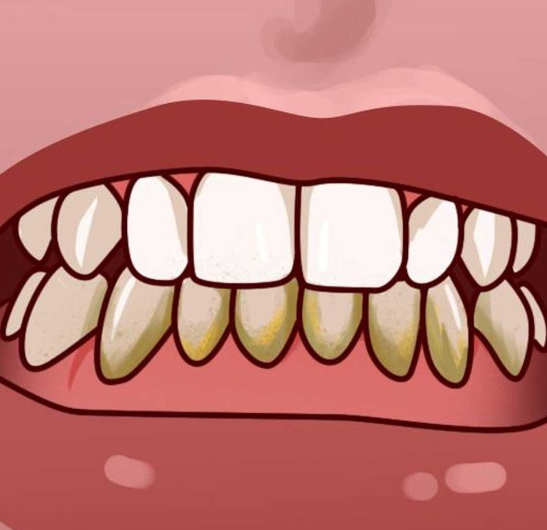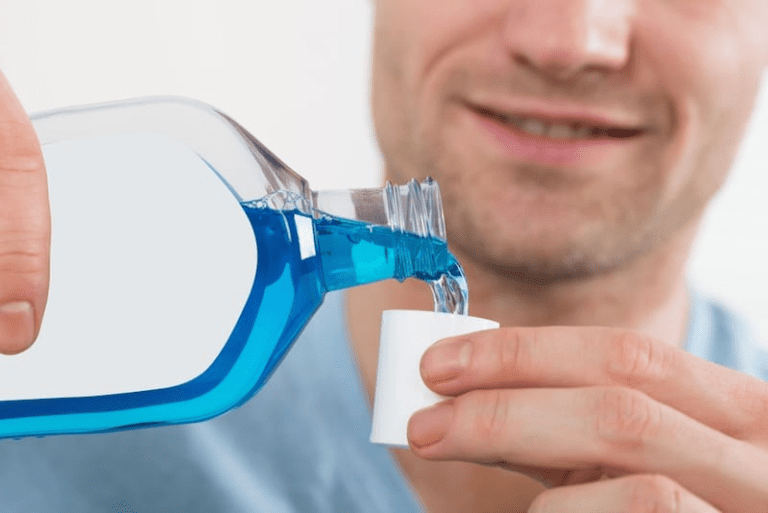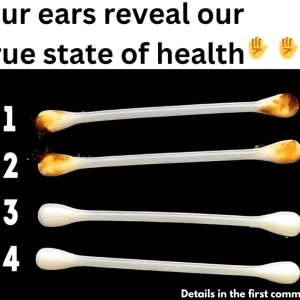Plaque buildup on teeth can be a major concern for oral health, leading to bad breath, gum disease, and even tooth decay. Plaque is a sticky film of bacteria that forms on teeth and gums after consuming food and drinks. If left unchecked, it can harden into tartar, which is much more difficult to remove and may require professional dental cleaning. Thankfully, there are quick and effective ways to remove plaque in under five minutes. In this article, we’ll explore three easy methods to keep your teeth clean and your smile bright.
1. Brushing Your Teeth with Proper Technique

Brushing is the most straightforward way to remove plaque, but it’s important to do it correctly to get the best results. Brushing your teeth at least twice a day is essential, but using the proper technique ensures you remove plaque effectively in just a few minutes.
Steps to Brush Effectively:
- Choose the Right Toothbrush and Toothpaste: A soft-bristled toothbrush paired with fluoride toothpaste works best for removing plaque without damaging the gums.
- Position Your Toothbrush Correctly: Hold your toothbrush at a 45-degree angle to your gums. This position allows the bristles to clean under the gumline where plaque tends to build up.
- Use Small Circular Motions: Move the toothbrush in small, circular motions. Avoid aggressive back-and-forth brushing as it can wear down enamel and irritate the gums.
- Brush for Two Minutes: Spend at least 30 seconds on each section of your mouth, ensuring all surfaces—outer, inner, and chewing surfaces—are cleaned.
- Don’t Forget Your Tongue: Bacteria can accumulate on your tongue and contribute to plaque and bad breath. Gently brushing your tongue can help reduce bacteria and keep your mouth fresh.
Quick Tip: Consider using an electric toothbrush. It mimics the proper brushing technique and often includes a timer to ensure you brush for the recommended two minutes.
2. Flossing: The Key to Removing Plaque Between Teeth
While brushing covers most surfaces of your teeth, flossing is necessary to reach those tight spaces between your teeth and along the gumline. Flossing can remove plaque and food particles that brushing might miss, making it an essential step for preventing gum disease and decay.
Steps to Floss Properly:
- Choose the Right Floss: Waxed dental floss or floss picks work well for most people. Waxed floss is easier to slide between tight teeth, while floss picks are convenient for those who find regular floss difficult to handle.
- Cut the Right Length of Floss: Aim for about 18 inches of floss, winding most of it around your middle fingers, leaving about 2 inches to work with.
- Hold the Floss Correctly: Hold the floss between your thumbs and forefingers and use a gentle sawing motion to slide it between your teeth.
- Curve the Floss Around Each Tooth: Curve the floss into a “C” shape against one tooth and gently slide it under the gumline. Move it up and down to dislodge plaque.
- Repeat for All Teeth: Use a clean section of floss for each tooth, ensuring that you reach every space between your teeth.
Quick Tip: If traditional floss is difficult to use, water flossers are an excellent alternative. They use a stream of water to clean between teeth and along the gumline, making them particularly useful for people with braces or dental work.
3. Using Mouthwash to Break Down Plaque

Mouthwash is a quick and effective addition to your oral hygiene routine. Certain mouthwashes are formulated to reduce plaque and prevent gum disease, making it a great way to fight bacteria in hard-to-reach areas.
Steps to Use Mouthwash Effectively:
- Choose the Right Mouthwash: Opt for an antibacterial mouthwash that targets plaque and bacteria. Look for ingredients like chlorhexidine, cetylpyridinium chloride, or essential oils known to help reduce plaque buildup.
- Measure the Right Amount: Typically, 20 milliliters of mouthwash is enough for a single rinse.
- Swish for 30 Seconds to 1 Minute: Swish the mouthwash around your mouth, ensuring it reaches between teeth and along the gumline. Keep it in your mouth for at least 30 seconds to 1 minute.
- Spit Out the Mouthwash: Avoid swallowing the mouthwash. After spitting it out, refrain from eating or drinking for at least 30 minutes to let the active ingredients work effectively.
Quick Tip: For sensitive teeth and gums, choose a non-alcoholic mouthwash. This will reduce the risk of irritation while still providing the benefits of an antibacterial rinse.
The Importance of Daily Oral Care

By integrating these three methods—brushing, flossing, and using mouthwash—you can effectively control plaque buildup in under five minutes each day. Maintaining good oral hygiene is crucial for preventing plaque-related issues like gum disease and cavities.
- Brush Twice a Day: Regular brushing is key to keeping plaque from building up on the surface of your teeth and along the gumline.
- Floss Daily: Flossing removes plaque from between teeth and prevents gum problems in areas where toothbrushes can’t reach.
- Use Mouthwash: Adding mouthwash to your routine helps kill bacteria and keeps your breath fresh, further preventing plaque buildup.
Preventing Plaque and Tartar Long Term

Plaque that isn’t removed regularly can harden into tartar, which can only be removed by a dental professional. Preventing plaque buildup is your best defense against this, but there are additional steps you can take for long-term oral health.
- Regular Dental Check-Ups: Even with excellent daily care, it’s important to see your dentist regularly. Professional cleanings help remove tartar and catch early signs of gum disease.
- Eat a Healthy Diet: Reducing sugary foods and drinks can help lower the risk of plaque buildup. Drink plenty of water to wash away food particles and bacteria.
- Stay Consistent: Consistency is key. Sticking to your daily oral hygiene routine will make a significant difference in preventing plaque and tartar.
Conclusion: Keep Plaque at Bay with Simple Daily Habits
Plaque removal doesn’t have to be time-consuming or complicated. By using the right brushing technique, flossing daily, and incorporating mouthwash, you can remove plaque in under five minutes and maintain healthy teeth and gums. Regular dental visits and a healthy diet further support your oral health efforts. With these simple habits, you can prevent plaque buildup, maintain a bright smile, and keep your mouth healthy for years to come.


